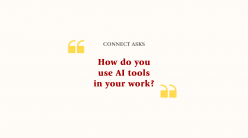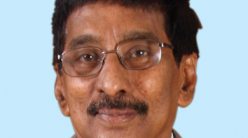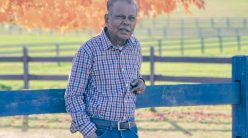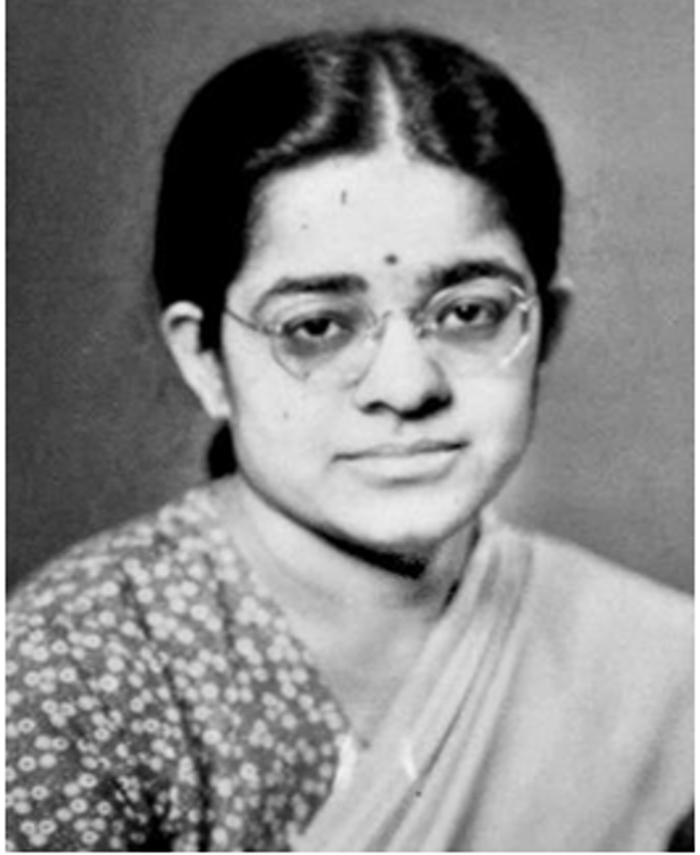
I was born on 24 January 1922, in Bangalore (when the Indian Institute of Science (IISc) was 13 years old) in a house called “Casetta” on Sankara Mutt Road in the southern part of Bangalore. Probably in 1934 or so, the children of our school, Mahila Seva Samaja, were taken in a bus to IISc (popularly known as Tata Institute) for an outing in the park-like campus. We ran around the park and finally arrived at a big double-storied bungalow where we were greeted by a middle-aged lady who took us into the house and led us to an upstairs verandah where she talked nicely to us in a mixture of Tamil and Kannada and served us some snacks like chakulis and fried avalakki (flat rice) served on banana leaves and some sweet lime juice. We were hungry and gobbled up the food, and did not even know that we had to thank her!
On [the] way back to our school, our teachers told us that the lady who was so nice to us was Lady Lokasundari Raman, the wife of Sir CV Raman, who was the Director of IISc and the first Indian to be awarded the famous Nobel Prize for Physics. Of course, none of us understood what the Nobel Prize was and we hardly knew any physics those days!
I went on to high school in the London Mission Girls’ School (now called Mithralaya Girls’ School) on Mission Road from 1934 to 1937. After I passed my SSLC in 1937, I joined the Women’s Intermediate College in Bangalore and passed the Intermediate Examination of Mysore University in 1939 with a third rank with optional subjects Physics, Mathematics and Economics. My next move was to join the Central College in the three-year BSc (Hons) course in Mathematics. After I passed the BSc (Hons) degree with a first class first in 1942, I passed the MSc examination of Mysore University in 1943 from Central College with a first class first.
World War II was raging, and nobody could predict the future. In the Far East, Japan was waging a war in China, and was conquering Indo-China, Malaysia and Burma, and was ready to enter India and was bombing Calcutta and Visakhapatnam. Our great freedom fighter Subhash Chandra Bose was pushing his Indian National Army towards the Indo-Burma border. All the young people were excited, and wished that the Indian National Army (INA) would push the British out of India.
Calcutta was too far from Bangalore for me to go for a PhD degree, though I knew that there were very good mathematicians [there] who could guide me. If I were a young man, my family might have allowed me to go
I wished very much to go abroad to England or the USA for higher studies in Mathematics to obtain a PhD degree, but that was not possible during the war. So I decided to join IISc for research. There was no mathematics department there, though mathematics was required to understand some problems in physics. So I met Sir CV Raman and requested him to take me as a research student. After he found out that my degrees were in mathematics, he told me that he wanted only candidates who had an MSc in Physics with a high first class.
I had to find some alternative to keep myself engaged and learn something new so that I [could] be better qualified to go abroad after the end of the war. Calcutta was too far from Bangalore for me to go for a PhD degree, though I knew that there were very good mathematicians [there] who could guide me. If I were a young man, my family might have allowed me to go to Calcutta.
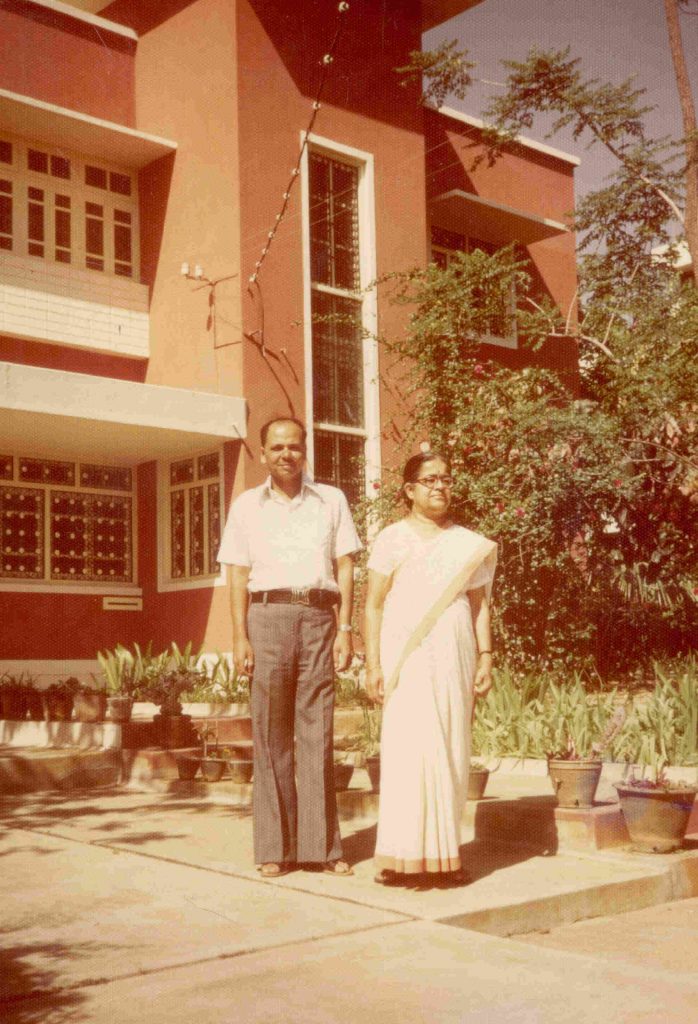
The next best thing I could try at IISc was to apply for the three-year certificate course in the Department of Electrical Technology. So I put in an application to this department, and I was called for an interview by Professor SP Chakravarthy who was the head. When I went to see him, he told me that though I was very well qualified to do this course, I would find it very difficult to go for summer practical training in far away hot places like Calcutta and Jamshedpur, because I would be the only young woman among twenty young men. There were no industries in Bangalore at that time. The Hindustan Aeronautics had just started and would not take any student for training.
However, he told me that he was willing to take me as a research student on a scholarship of Rs 40 a month so that I can learn some electronics and electrical communication engineering, and work on some research problem on electron tube circuits and publish a few papers, and that would help me to obtain a scholarship to go abroad after the end of the war for further studies in the fast-growing subject of electronics.
So I entered the Department of Electrical Technology at the Institute in July 1944. Professor Chakravarthy advised me to attend a course on Electrical Communication Engineering which he was teaching to third-year Diploma students, and also a course on vacuum tubes, a course on electro-acoustics, and a course on line communication. After one year, I was awarded a scholarship of Rs 60 [per month], which could just take care of my hostel expenses in the girls’ hostel.
I did enjoy the company of my mates in the girls’ hostel coming from different parts of India. They were Anna Mani from Travancore (now called Kerala) working with CV Raman in physics, Indira Gajjar from Bombay, Violet D’Souza originally from Goa, but educated in Lucknow, M Prema from Mangalore working with Sreenivasaya on fermentation technology, Roshan Irani from Madras working with PC Guha in organic chemistry, and Mariam George working with JV Bhat in microbiology.
However, World War II ended in 1945, and soon afterwards, the interim Indian Government announced scholarships for science and engineering students to go to England, USA and Canada to get better qualified and to come back to independent India to build up the country’s industry and economy, which had suffered terribly during 200 years of foreign rule and World War II.
My two friends, Anna Mani and Roshan Irani, got scholarships to go to [the] UK in 1946. I was the third among the women to get a scholarship to go to USA. Several of the men students also obtained these scholarships.
My two friends, Anna Mani and Roshan Irani, got scholarships to go to [the] UK in 1946. I was the third among the women to get a scholarship to go to USA
I had two research publications with SP Chakravarthy and one with SK Chatterjee who was an MSc in Applied Physics from Calcutta University and who had joined the Institute as a lecturer in the Department of Electrical Technology in 1946. Did all this wonderful background of my Indian education and experience of a 25-year-old prepare me for an unknown higher education in USA?
After I obtained my admission in the University of Michigan at Ann Arbor, it took several months for the interim Indian Government in Delhi to arrange my travel to USA in the converted troop ship SS Marine Adder from Bombay (Mumbai) to San Francisco [which we reached in July 1947].
[From there, I travelled to Chicago and then Ann Arbor.] My friend Parvati Subramanian from Bangalore, who was doing her Master’s degree in Psychology, met me at the station and took me to the rooming house which had been arranged for me by the University. The way Mrs Carol Woods, who was my house mother, treated me made me fall in love with the Americans.
After a month or so, I joined the Department of Electrical Engineering as a graduate student. I completed the requirements for a Master’s degree called MSE (Master of Science in Engineering) by the end of January 1949.
I wished very much to continue my work to obtain [a] PhD degree by specialising in electronics and vacuum tubes, but the Government of India wanted me to take some practical training before returning to India after two years in USA.
So I took training in radio frequency measurements at the National Bureau of Standards at Washington DC from February 1949 to middle of September 1949.
In the meantime, I had applied for the Barbour Scholarship at the University of Michigan to continue for my PhD degree. When I obtained the scholarship, I requested the Government of India to give me permission to accept it, which they did as long as I would satisfy their agreement that I would serve India for three years.
I decided to work with Prof William Gould Dow who had worked on microwave magnetrons in the Radiation Laboratories at MIT at Cambridge [Massachusetts], during the war years. I passed the final oral examination in January 1953. The PhD degree would be given only in June 1954.
How did I feel coming back to my country after five-and-a-half years? I had left India a month before Independence on a British Indian passport, when the partition riots were beginning in Punjab and also in Bengal. There were a few Indian students travelling with me on [the] SS Marine Adder to USA, who were from these regions. I remember Ram Parshad from Lahore who was very much worried about his family in Lahore, and also (Ms) Khaneez Ataulla from Lahore who went to Chicago University to do her PhD. Later on, I heard that she lost all her family in Lahore during the riots.
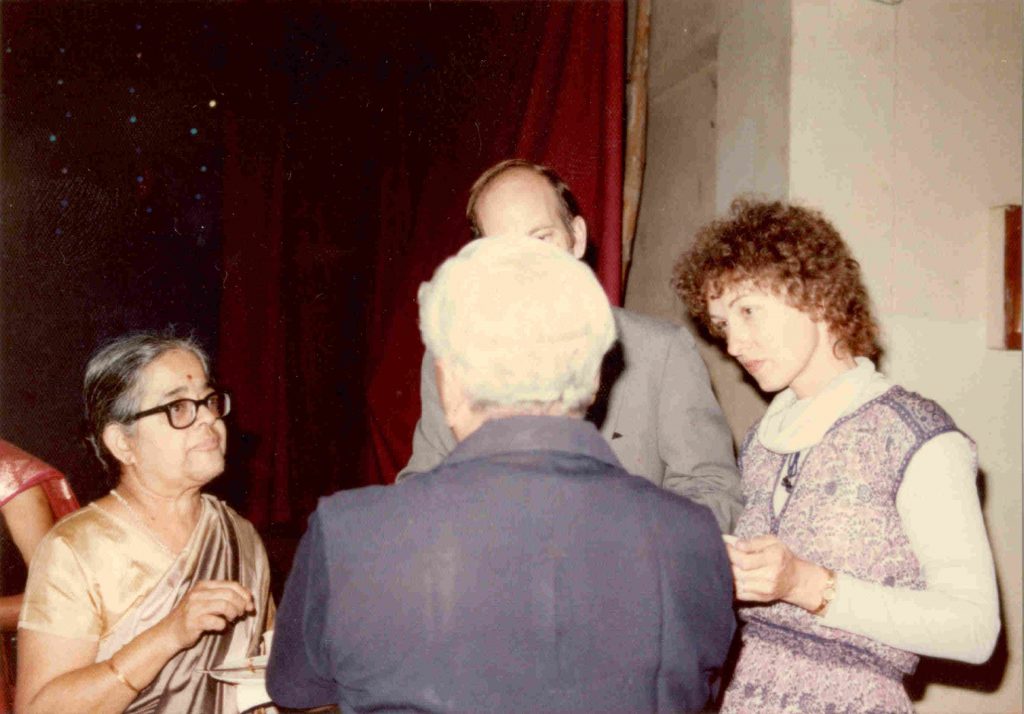
Since I was going back to my hometown Bangalore in South India which did not suffer from these riots, I did not worry about these things very much, but was more worried about my future prospects in India.
The first thing I did was to get married to SK Chatterjee, whom I had known earlier at IISc. Soon after that, I received a letter from the Government of India that it would like to consider me as a lecturer in Electrical Communication Engineering at the Roorkee Engineering College in Roorkee, UP. At the same time, IISc advertised for a lecturer’s post in the Department of Electrical Communication Engineering, for which I was selected and given the letter of appointment by MS Thacker, who was the Director. My husband SK Chatterjee was made an Assistant Professor at the same time.
I joined as a lecturer in the ECE department in August 1953
So I joined as a lecturer in the ECE department in August 1953. I was asked to teach Electromagnetic Theory by K Sreenivasan, who was the head of the department, to the final year students of the Diploma course. The class of about 20 students had only one girl named Jaya and the rest were boys. They were from different parts of India, selected on their high ranks in their BSc or BSc (Hons) degrees in Physics, Mathematics and Chemistry. They were intelligent students who were eager to learn, though this was the first time that the subject of Electromagnetic Theory was taught in the department. After a few years, the Diploma course was called the BE degree and ME courses were started in Advanced Electronics and in Microwave Engineering.
My daughter Indira was born on 2 April 1954, and I continued my teaching and research work in my special fields of Electromagnetic Theory, Microwave Engineering and Antennas.
My husband also taught many courses on the above subjects as well as on many other subjects like satellite communications and so on, and guiding his research students on topics in these subjects. He guided 12 research students [to a] PhD and I, 20. I have about 120 research publications in Indian and foreign journals.
I had several research projects from CSIR and UGC and from the Defence R&D, while my husband had a PL-480 project from USA. I was awarded the Ram Lal Wadhwa Gold Medal by the Institution of Electronics and Telecommunication Engineers (India) [IETE] in 1978, and earlier the Meghnad Saha Award by IETE in 1975, and the JC Bose Premium of the Institution of Electronics and Radio Engineers (IERE), UK, in 1967.
One important Defence R&D project that I and my colleague Dr DN Bose of [the] ECE department completed in collaboration with Professors AR Vasudeva Murthy and Narayanan Kutty of the Inorganic and Physical Chemistry Department was on YIG-tuned microwave devices.
I have published four technical books on Microwave Engineering and three on Antennas in India and abroad. The last book, Antennas for Information Super Skyways, published by the Research Studies Press in 2003, was written jointly with my old student PS Neelakanta of the Florida Atlantic University at Boca Raton, Florida.
A very happy day in my life at IISc happened on 1 January 1989, when the [former] students of my [late] husband celebrated his eightieth birthday by holding a research seminar in his honour at the IETE premises in Bangalore, where many research papers were presented by his [former] students on microwave engineering and antennas. My daughter, Indira Chatterjee, also presented a paper by OP Gandhi, who was her PhD research guide at the University of Utah in USA.
Today when I am 86 years old, I am very happy that I worked at the ‘Tata Institute’ for more than thirty years.
Rajeswari Chatterjee was a professor at the Department of Electrical Communications Engineering. She passed away in 2010
This is a trimmed version of Chatterjee’s account in “Down the Memory Lane”, published by IISc’s Alumni Association in 2009. For more stories in this series, follow these links:
